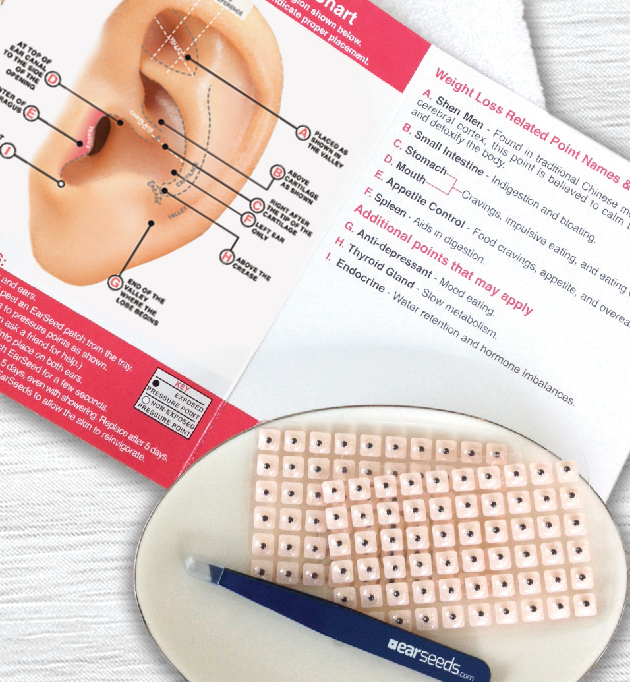
i was expecting too much though.Īs for the design. to be honest i was expecting alot more since it's marshalls and being able to play around with marshall amps i just thought it will be the same feeling. anyways, i had some issues with the fit when i first got it, the soft cushion felt like heaven but it's so tight, which got better overtime so that's fixed. i just listen to anything that sounds good basically.

i listen to rock mostly, bass heavy stuff and some r&b, alternatives. If you have identified that tight fitting RPE is required, you should note HSE does not recommend using a mask/respirator which relies on ear loops to hold it in place.This is actually the first "over-head" headphone i ever bought, but compared to my philips and LG tone+ this one is a lot more for 70$, i mainly use it on my gaming rig with sound card installed. Action requiredĭutyholders are asked to revisit their Control of Substances Hazardous to Health Regulations 2002 (as amended) risk assessment and consider their RPE provision to ensure it is adequate, suitable for the user and the activity to be undertaken. Because of this, HSE recommends that ear loop mask/respirators are not used as RPE in the workplace.

HSE research shows that in the majority of cases a face fit test was not passed for CE or UKCA marked ear loop mask/respirators and only in a very few cases was a face fit test passed. To provide adequate protection for individual wearers, all tight-fitting RPE should be fit tested by a competent assessor as part of the selection process. Example of surgical face mask Face fit test Surgical masks and other face coverings are not affectedĭo not confuse FFP2 masks/respirators with masks or fluid resistance surgical masks (FRSM), shown below, as FRSM’s are used for a different purpose and are not required to be tight fitting. As a result, respirators with a head harness will have been supplied and fit test completed with this style of respirator. This includes any respirators/masks which use clips, ‘snuggers’ or other means of tightening ear loops, even if they have CE or UKCA marks.įollowing publication of the previous Safety Alert ‘ Use of Face Masks designated KN95’, in June 2020, the NHS took early action to exclude ear loop respirators/masks from their supply chain due to concerns over their protection. If the respirator/mask uses ear loops, in most cases, it is highly unlikely to provide the wearer with the right protection. Respirator/ mask with ear loops Example of a ‘snugger’ HSE does not recommend using respirators/masks secured using ear loops as tight fitting RPE For the majority of workers who are required to wear tight fitting RPE in the workplace, this seal cannot be achieved with a respirator/mask relying on ear loops to hold it in place.

These products rely on having a good seal with the wearer’s face. HSE has seen an increase in the variety of ear loop respirators/masks, which indicate they offer the protection provided by FFP2 (filtering facepiece respirators or disposable half mask respirators). New HSE research has revealed that respirators/masks which rely on ear loops (including those provided with clips, ‘snuggers’ or other means of tightening the fit of the mask) to hold the respirator/mask in place, do not protect people adequately when used as tight fitting respiratory protective equipment (RPE).


 0 kommentar(er)
0 kommentar(er)
